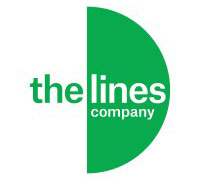Sir Ken McKenzie, HSE Manager, The Lines Company
High-risk industries face ongoing challenges in reducing Lost Time Injury Frequency Rates (LTIFR) and ensuring leaders are truly competent in managing safety risks. Following the Glenbrook and Waterfall train crashes in New South Wales, new legislation required all rail operators to demonstrate the competence of their safety-critical workforce. This led to the development of a Risk-Based Competency Assessment Model that redefined how safety leadership and accountability were measured.
Built on five core elements, Skills, Knowledge, Experience, Behaviours & Attitude, and Fitness, the framework assessed the unconscious risk appetite of leaders and set a new national benchmark for safety performance. The results were transformative: LTIFR dropped from 27 to below 1 within six years, while projects improved in delivery, efficiency, and safety culture. The model has since become the standard across Australia’s rail industry and remains a proven tool for improving safety leadership capability.
Key Takeaways:
- Understand why traditional safety oversight isn’t enough and how leadership competence directly impacts safety outcomes.
- Learn how Skills, Knowledge, Experience, Behaviours & Attitude, and Fitness combine to define measurable safety capability.
- Explore how structured competency assessment reduces LTIFR, improves project performance, and builds accountability.
- Discover how to measure hidden biases and risk behaviours that influence decision-making in high-risk environments.
- Gain insights on integrating competency frameworks into organisational systems to achieve lasting safety and cultural transformation.
